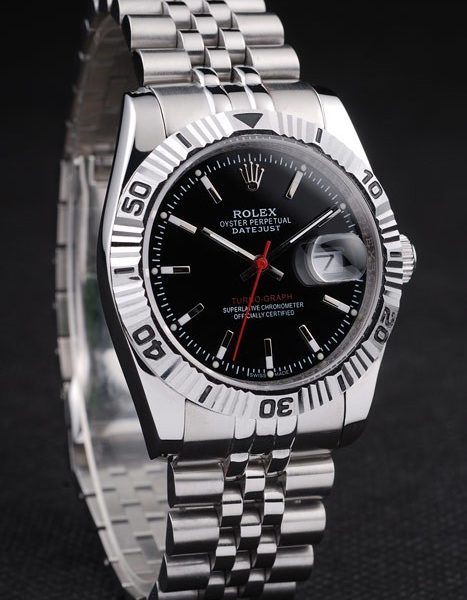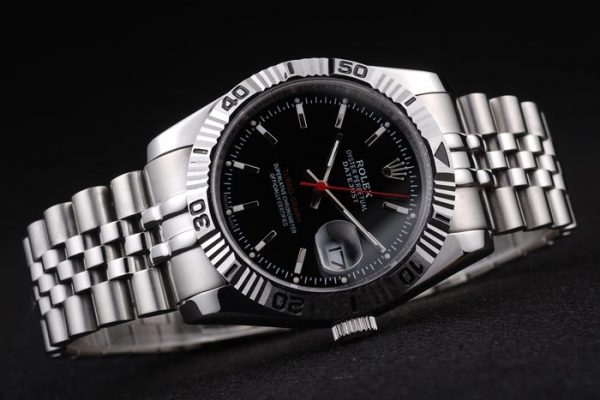ARE YOU EXPERIENCED? 1960S ERA BLACK LIGHT POSTER
Fluorescent materials are of little use on watch dials; for this application, you must use phosphorescent materials. Phosphorescent materials, like fluorescent materials, absorb photons from a light source and re-emit them as light. Still, they do so very slowly – over many hours in the case of radiant coatings used for fake Rolex watch dials. It is because, in bright materials, the excited electrons are in a particular energy state in which re-emitting photons require a “forbidden” energy transition. Despite the name, these transitions still occur, but they are statistically unlikely to happen, so trapped light leaks more slowly than light in fluorescent material.
For phosphorescence to occur, you need a source of energy and a so-called “phosphor” – a material that absorbs and re-emits light. Let’s take a look at how radium dials work.
Radium lacquer is self-luminous – when first applied, it requires no external energy source because the excitation energy comes from the radiation emitted by the radium particles in the lacquer. Radium emits mainly alpha particles (two protons and two neutrons). Still, it is also a gamma emitter (high-energy photons), and some decay products emit beta particles (high-energy electrons or positrons). Radium itself glows very weakly, so it is combined with a phosphor in a radioactive, luminescent paint – almost invariably zinc sulfide, which is usually combined with a “doped” metal to obtain a specific color. 
There are two fundamental problems with radium paint: the first is its chemical instability, and the second is its radiation danger. Let’s start with the second problem. In addition to the risks associated with radium itself, radium decays into radon gas, a potent carcinogen that kills thousands of lung cancer patients annually (from natural sources). A recent study (discussed here) shows that radon gas from radium dials can accumulate to potentially dangerous levels under certain circumstances.
Another problem is that radium radiation causes the chemical breakdown of zinc sulfide (like the mechanism by which ultraviolet radiation in sunlight causes the deterioration of materials such as ordinary paint, vinyl, and other plastics). Radium dials typically lose their ability to glow in the dark over the decades, but all dials will stop burning at some point.
A pivotal point to remember is that the dial is still highly radioactive. The deterioration of the phosphor means you can no longer see the glow, but it takes thousands of years for radium to decay completely. Radioactive materials decay into other elements as they emit radiation. Radium is a decay product of uranium; the decay chain of radium includes radon, which in turn decays into other materials. The decay chain ends up with stable isotopes of lead, but you get things like polonium and thallium in the process. The “half-life” of a radioactive element is about 50% of the time that any given size sample decays – for radium, that’s 1602 years.
This is a crucial point for collectors because if a replica watch is represented as having an original radium dial and hands, these parts should trigger the Geiger counter – no exceptions. In the case of a genuine radium dial, there is no favorable situation where a signal would not be generated when tested with a Geiger counter. Interestingly, some were surprised that collectors did not start testing so-called radium dials and hands with Geiger counters until recently. The only case where a radium dial won’t trigger a Geiger counter is when the dial is thousands of years old, in which case you have a rare Rolex in your hands (Julius Caesar Diver, coming soon to an auction house near you!).
